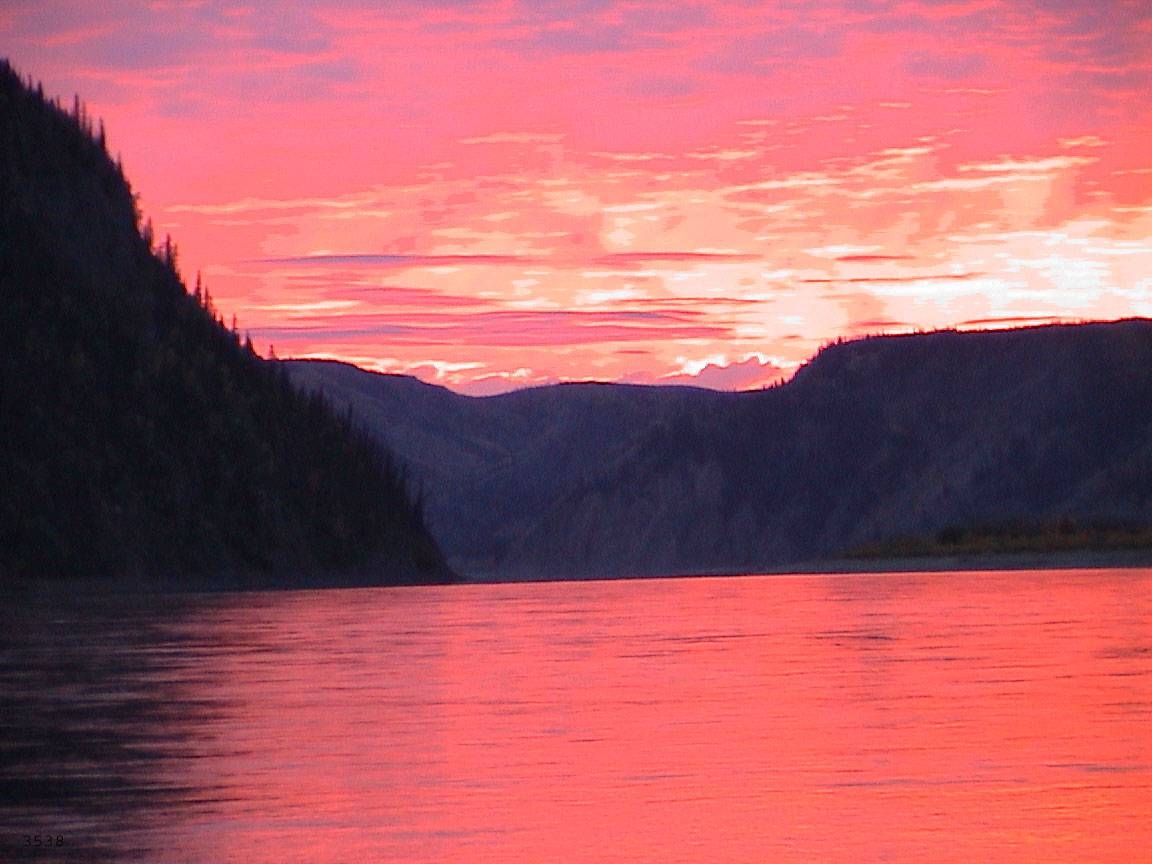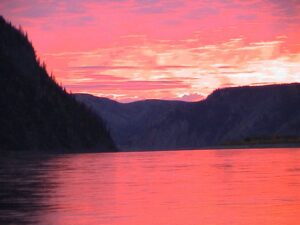
Ninth Circuit Hears Sturgeon v. Frost Hovercraft Case Again
In late October, the Ninth Circuit Court of Appeals heard argument in Sturgeon v. Frost, a case challenging the National Park Service’s authority to protect Alaska’s national parks with controls on boating activities in parks and preserves. The controversy arose when park rangers discovered John Sturgeon with his hovercraft within the Yukon Charley Rivers National Preserve.
The Park Service banned hovercraft from national parks and preserves many years ago. The ban was adopted to protect the parks because hovercraft can travel on very shallow wetlands and tundra—not just rivers—and are significantly louder than motorboats. The park rangers informed Mr. Sturgeon of the ban and required him to remove his hovercraft from the preserve. Mr. Sturgeon sued the Park Service, challenging the long-standing prohibition.
Trustees for Alaska represents thirteen conservation groups as amici curiae, or friends of the court, on the side of the National Park Service in the case, Sturgeon v. Frost, to protect our national parks. The conservation groups range from national organizations to small, all-volunteer groups. These groups urge the Ninth Circuit to make sure Alaska’s national parks remain protected by upholding the Park Service’s authority to manage activities on rivers within parks. Many of the parks, including the Yukon Charley Rivers National Preserve, were specifically established by Congress to protect the rivers and values associated with them.
Sturgeon v. Frost has on-the-ground implications far wider than just whether one individual can use a hovercraft in one national park. The broader issue is whether the National Park Service and other federal agencies may regulate the use of navigable waters within the boundaries of federal conservation areas established by the Alaska National Interest Lands Conservation Act (ANILCA). If the Park Service is barred from managing rivers within the parks, harmful activities like placer mining and other incompatible uses could occur within the middle of Alaska’s most iconic places.
Mr. Sturgeon contends that the State of Alaska has the exclusive authority to regulate those waters. The district court rejected this argument, as did the Ninth Circuit the first time the case was before it. The case then went to the U.S. Supreme Court, which rejected reasoning underlying Ninth Circuit’s ruling—but, importantly, did not rule for Mr. Sturgeon. Instead, the Supreme Court sent the case back to the Ninth Circuit to reconsider other arguments about the Park Service’s ability to protect parks by regulating activities on waters.
At oral argument, the three judge panel had lots of questions for all sides. While we cannot predict the outcome, we hope that the panel will issue a decision that best protects Alaska’s national parks and conservation areas. We expect a decision in the coming months.
CLIENTS: National Parks Conservation Association, American Rivers, The Wilderness Society, Defenders of Wildlife, Center for Biological Diversity, Alaska Wilderness League, Wilderness Watch, Alaska Quiet Rights Coalition, Friends of Alaska National Wildlife Refuges, Denali Citizens Council, Copper Country Alliance, Northern Alaska Environmental Center, and the Sierra Club
ATTORNEYS: Katie Strong, Valerie Brown



